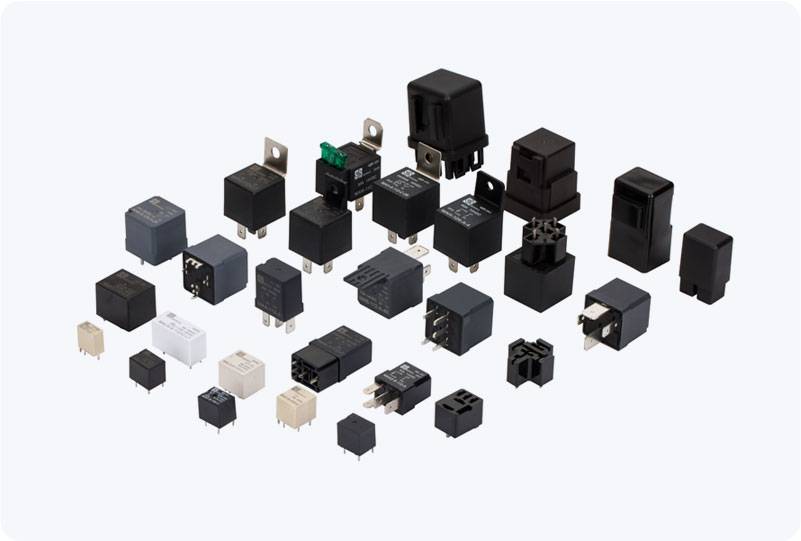High voltage distribution relays are critical components in modern electrical power systems, ensuring the safety, reliability, and efficiency of electrical distribution networks. These relays act as guardians of the system, detecting faults or irregularities and swiftly disconnecting affected sections to prevent damage or power outages. In this article, we will explore the function, types, and significance of high voltage distribution relays in the context of electrical grids.

What is a High Voltage Distribution Relay? A high voltage distribution relay is a protective device used to monitor and control the electrical current flowing through high voltage power distribution lines. It is designed to detect abnormal conditions, such as short circuits, overcurrents, and other faults that could cause significant damage to the network or lead to safety hazards. Once a fault is detected, the relay acts quickly to isolate the affected circuit, allowing the rest of the system to continue operating normally. The Importance of High Voltage Distribution Relays High voltage electrical distribution systems are responsible for transmitting power from substations to various sectors, including industrial, commercial, and residential areas. Given the large amounts of energy involved and the potential risks, it is crucial to ensure that any faults in the system are addressed promptly. High voltage distribution relays play a key role in this process, offering several benefits: